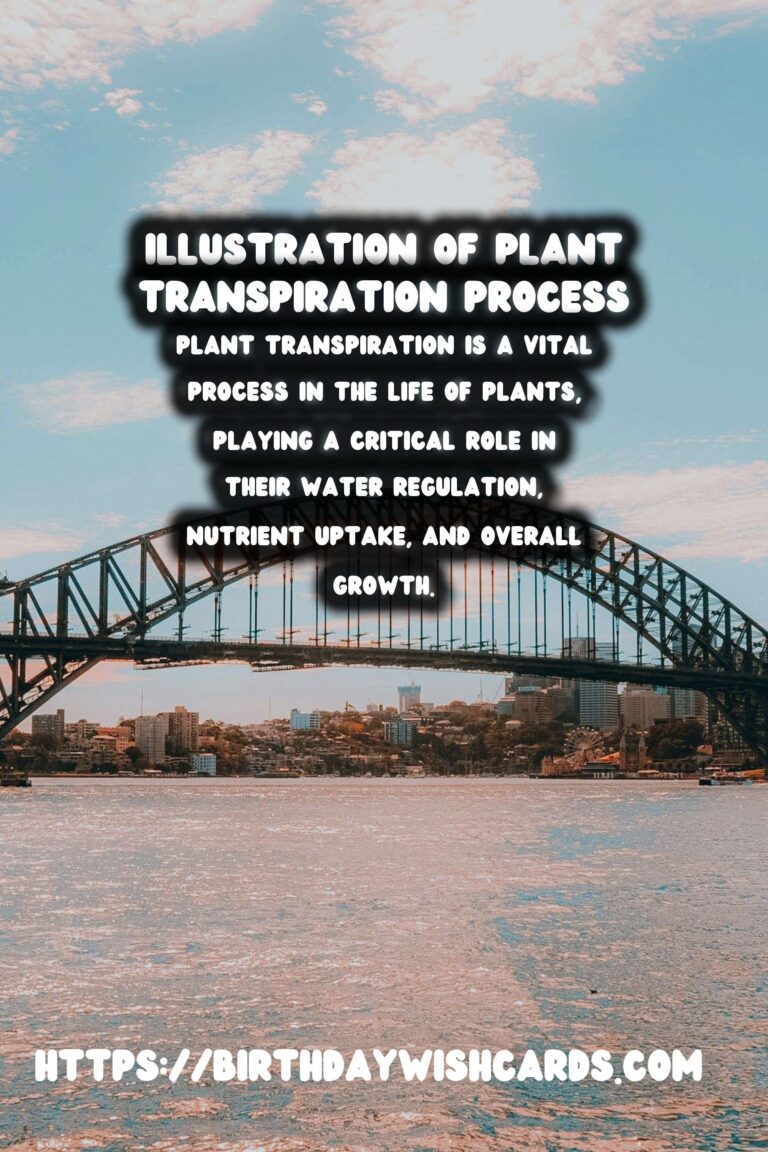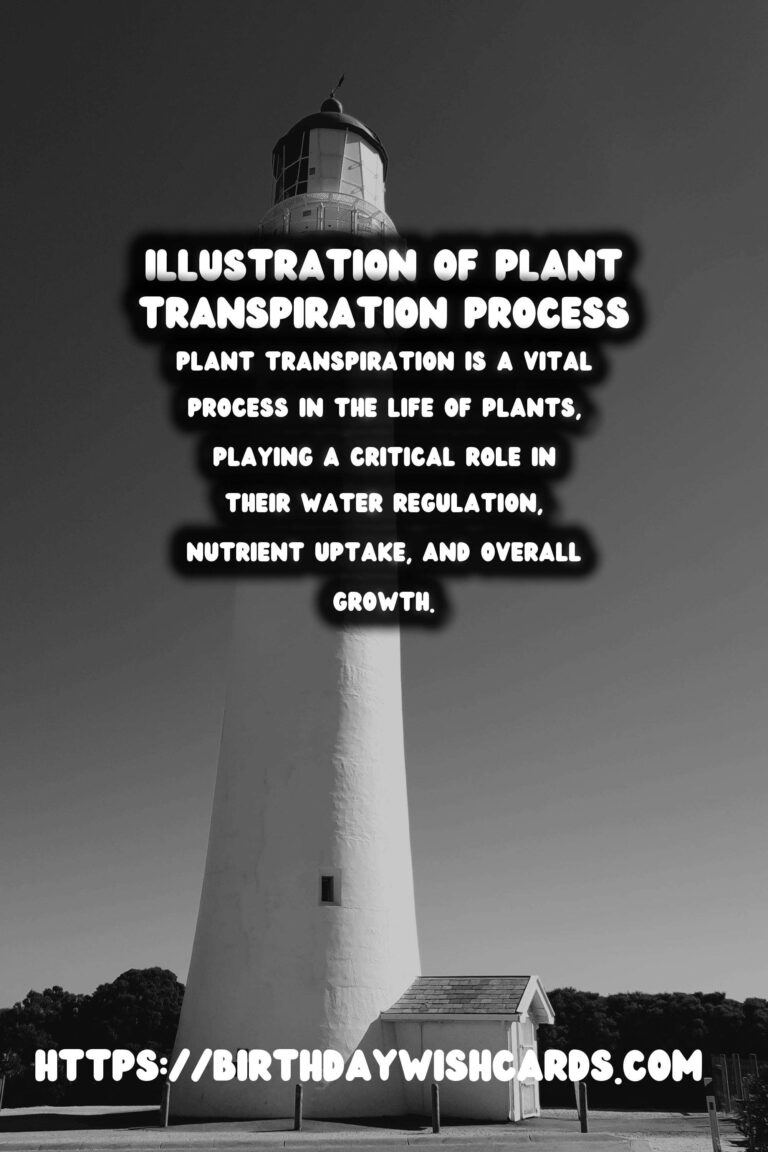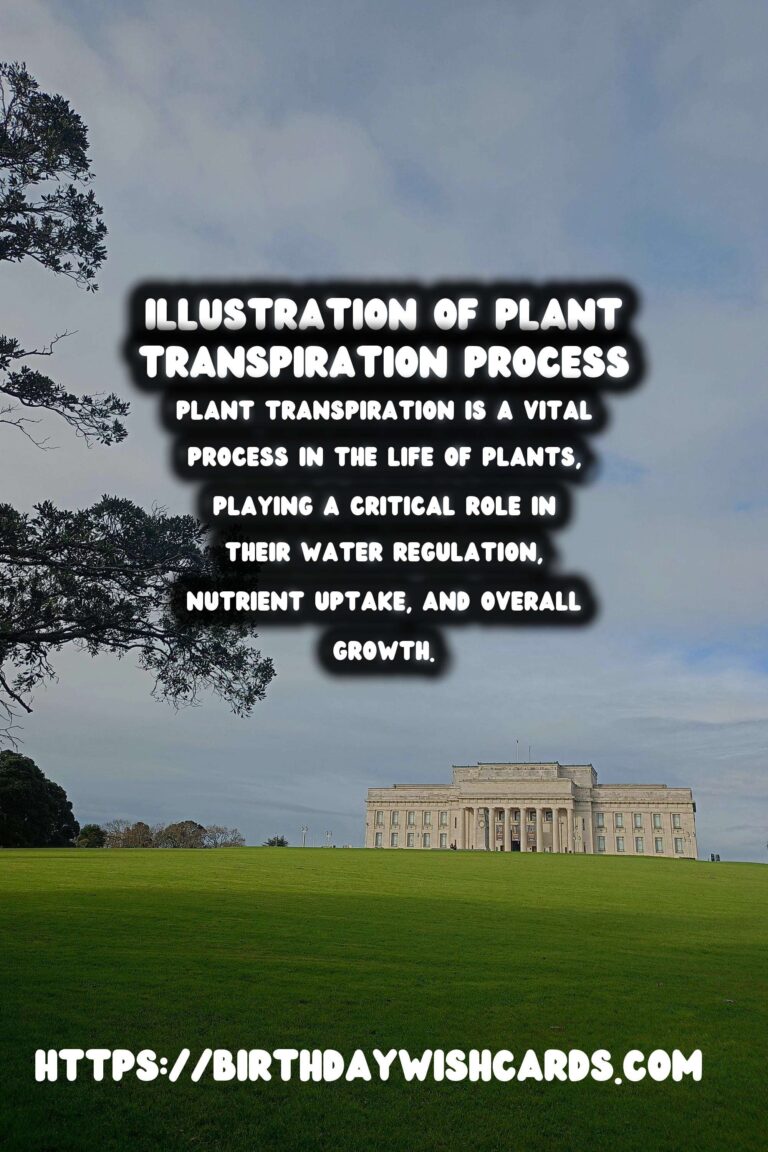
Plant transpiration is a vital process in the life of plants, playing a critical role in their water regulation, nutrient uptake, and overall growth. In this article, we’ll delve into the intricacies of plant transpiration and demystify this essential biological mechanism.
What is Plant Transpiration?
Transpiration is the process through which plants lose water vapor from their aerial parts, primarily through small openings called stomata. This process serves not just in eliminating excess water but also aids in nutrient transport and temperature regulation within plants.
Why is Transpiration Important?
Transpiration is crucial for several reasons. It helps in nutrient uptake by creating a vacuum that draws water and dissolved nutrients from the soil. Additionally, it maintains plant temperature by creating a cooling effect as water vapor exits the plant.
How Does Transpiration Work?
Transpiration involves several stages, starting from water absorption through roots, movement through xylem vessels, to finally exiting through the stomata. The driving force behind this process is the difference in water potential between the inside of the leaf and the atmosphere.
Factors Affecting Transpiration
Several environmental factors influence transpiration, including temperature, humidity, wind speed, and light intensity. For instance, higher temperatures can increase the rate of transpiration, while high humidity levels can slow it down.
The Role of Stomata in Transpiration
Stomata, the small pores located primarily on the underside of leaves, are key regulators of transpiration. They can open and close in response to environmental conditions, controlling the rate of water loss and enabling optimal plant function.
Water Use Efficiency and Transpiration
Water use efficiency is a measure of how effectively a plant uses water for its growth. An understanding of transpiration can help improve water use efficiency in agricultural practices, leading to more sustainable crop production.
Innovative Techniques to Study Transpiration
Advancements in technology have led to innovative methods for studying transpiration, including the use of thermal imaging and sensor technology. These tools help in evaluating transpiration rates and developing strategies for water conservation.
Transpiration in Different Plant Types
Different plant species have varying rates of transpiration, depending on their adaptation to their environments. For example, desert plants like cacti have modified structures to reduce water loss, while tropical plants may have high transpiration rates.
Conclusion
Understanding plant transpiration is crucial for both gardeners and farmers alike. By comprehending how this process works, one can better manage water resources, promote healthy plant growth, and improve agricultural productivity.
Plant transpiration is a vital process in the life of plants, playing a critical role in their water regulation, nutrient uptake, and overall growth. Understanding plant transpiration is crucial for both gardeners and farmers alike. 









#PlantTranspiration #BotanyBasics



